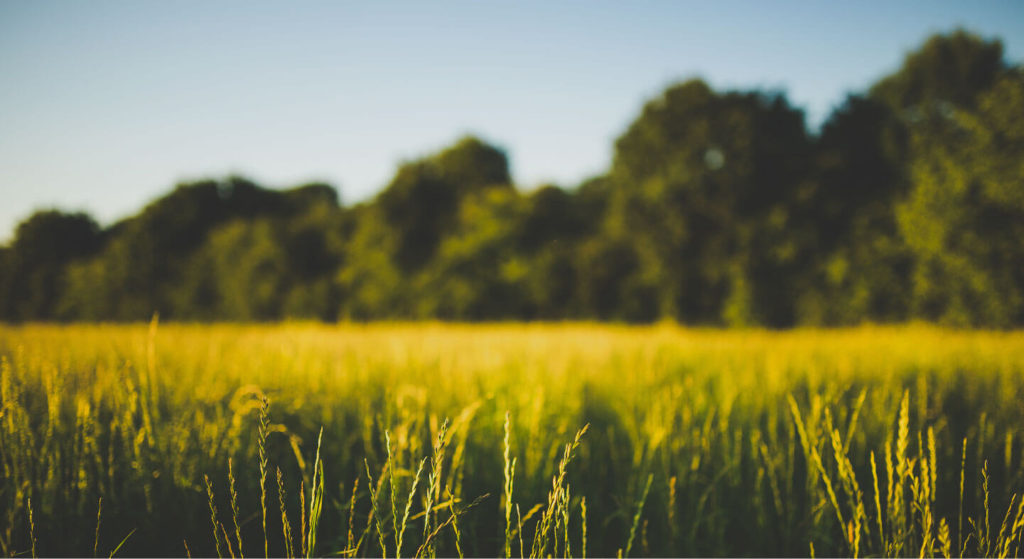The Anishinaabeg migrated to the Great Lakes region from the Northeast long ago. Their oral traditions tell of a prophecy that said to journey West until they came to a place “where the food grows on water” — manoomin. Manoomin (wild rice) has played a major role in the lives of Ojibwe people. Manoomin, which means “good berry”, provides both physical and spiritual sustenance to the Ojibwe people. The wild rice harvest has begun. Because wild rice ripens at a gradual, uneven rate, rice can be harvested repeatedly during the same season. Weather dependent, the harvest season can last four to five weeks overall. Harvest times are from 10am until sunset. Boats can be no longer than 17 feet or wider than 38 inches. Boats can only be propelled with push poles or paddles. It is a requirement to use smooth, rounded, cedar rods or sticks no longer than 38 inches. The image above shows some area lakes with date regulated openings. Many of the popular wild rice waters in northern Wisconsin have a date-regulated season, which means harvesters can only gather rice when they are posted “open”. The Wisconsin DNR and representatives of the Tribe cooperate to determine when rice on these date-regulated lakes is ripe. Sources: Great Lakes Indian Fish & Wildlife Commission (GLIFWC) Wisconsin Department of Natural Resources (DNR) If you are interested in learning more about manoomin, Great Lakes Indian Fish & Wildlife Commission (GLIFWC) has produced two informative brochures. Click Wild Rice and The Good Berry below to learn more: | 

Leave a Reply